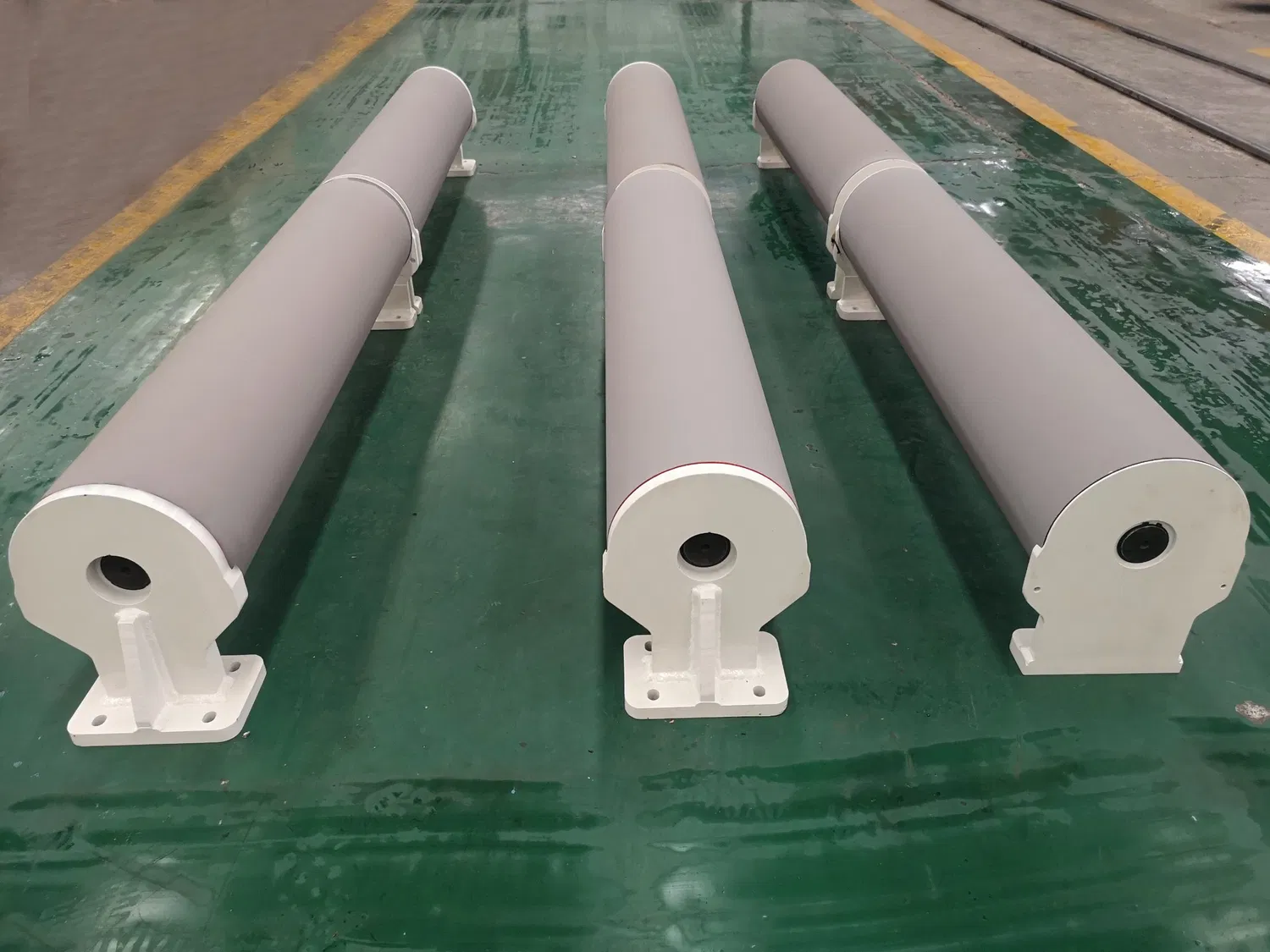The history of paper manufacturing is inextricably linked to the evolution of rubber rolls. Think about it: without effective pressing, squeezing, and coating mechanisms, the entire papermaking process would grind to a halt. Rubber rolls, initially rudimentary but now incredibly sophisticated, are at the heart of many of these operations. Let's delve into how these seemingly simple components have transformed the industry over time.
Early Applications of Rubber in Papermaking
Initially, natural rubber was the only option. I mean, what else would they use? These early rolls, however, presented significant challenges. Natural rubber, while possessing elasticity, lacked durability and resistance to the chemicals and high temperatures inherent in the papermaking process. They were prone to swelling, cracking, and degradation, requiring frequent replacement and leading to inconsistent paper quality. It was a far cry from the smooth, efficient operations we see today. But it was a starting point, a vital stepping stone towards the advanced materials and designs that would follow. They provided the necessary function but weren't very reliable, thus there was room for improvement and development.
The Rise of Synthetic Rubber Compounds
The development of synthetic rubber was a game-changer. Suddenly, engineers had access to a wider array of materials with tailored properties. Think neoprene, nitrile, EPDM – each offering specific advantages in terms of chemical resistance, heat resistance, and elasticity. The ability to formulate compounds optimized for specific applications within the papermaking process – from wet-end pressing to coating and calendaring – dramatically improved efficiency and paper quality. It was like unlocking a whole new level of control. It is worth noticing that the durability of rubber rolls increased significantly, leading to a decrease in downtime for repairs and maintenance.
Specialized Roll Designs and Surface Treatments
Beyond just the rubber compound itself, the design and surface treatment of the rolls have also undergone significant evolution. Crowned rolls, for example, compensate for deflection under load, ensuring uniform pressure distribution across the web of paper. Grooved rolls facilitate water removal. Surface treatments, like plasma coatings and ceramic coatings, enhance wear resistance and prevent sticking. Each of these refinements, seemingly small on their own, contributes to a more efficient and reliable papermaking process. The combination of design, materials, and surface treatment ensures the high quality of today's paper products.
Rubber Rolls in Different Stages of Papermaking
Consider the diverse roles rubber rolls play. In the wet end, they're crucial for dewatering the pulp slurry, gradually removing water to form a coherent sheet. In the press section, they apply intense pressure to further consolidate the paper web and improve its smoothness. In the dryer section, they guide the paper through heated rollers. And in the finishing section, they play a crucial role in calendaring, coating, and surface treatment. Each stage demands different properties from the rubber rolls, driving the need for continuous innovation and customization. It's fascinating how a single component can have such a varied and vital function throughout the entire process.
Case Study: Improving Print Quality with Advanced Roll Coverings
We worked with a paper mill experiencing challenges with print quality, specifically with ink absorption and unevenness. After analyzing their process, we determined that the issue stemmed from inconsistencies in the calendaring rolls. The existing rubber coverings were wearing unevenly, leading to variations in surface smoothness. We recommended replacing them with a newer generation of polyurethane-based coverings that offered superior wear resistance and consistent surface properties. The result? A significant improvement in print quality, reduced ink consumption, and increased customer satisfaction. These new coverings help ensure consistent paper surface across the rolls during the calendaring process, and according to our experience, it is a relatively inexpensive way to greatly improve production output quality.
The Role of Rubber Rolls in Sustainable Papermaking
Interestingly, the evolution of rubber rolls also contributes to sustainable papermaking practices. More durable and efficient rolls reduce energy consumption and waste. Improved dewatering capabilities minimize the need for energy-intensive drying processes. And the development of bio-based rubber compounds offers the potential to further reduce the environmental impact of papermaking. It's not just about producing paper; it's about doing so responsibly. Many professionals in the industry believe that with increasing environmental regulations, the development of bio-based rubber compounds will become a major area of research and development in the next decade.
The Future of Rubber Rolls in Paper Manufacturing
What does the future hold? I believe we'll see even greater customization of rubber roll compounds and designs, tailored to specific paper grades and manufacturing processes. Imagine rolls with integrated sensors that monitor pressure, temperature, and wear in real-time, enabling predictive maintenance and preventing costly downtime. We might also see the incorporation of nanotechnology to further enhance surface properties and durability. The possibilities are endless. Furthermore, with the increasing demand for specialty papers, will the demand for rubber rolls with highly specialized properties increase? And how will that change the structure of the industry that supports the supply of rubber rolls?
The Evolution is Ongoing
The evolution of rubber rolls in paper manufacturing technology is a continuous process. From humble beginnings with natural rubber to today's sophisticated synthetic compounds and specialized designs, these critical components have played a vital role in shaping the industry. As papermaking processes continue to evolve, so too will the technology behind rubber rolls, driving further improvements in efficiency, quality, and sustainability. As we continually find new ways to improve these tools, it will make the evolution of the rubber rolls in papermaking an ongoing and exciting journey for all parties involved.



